Check out these amazing hotel deals!
- Save up to 30% on your hotel in Hawaii!
- Last-minute holiday hotel deals
- Top hotel deals for a new year trip
- Visiting Paris? Find the Best Deals & Reviews at TripAdvisor.
- Save 30% on hotels in Ocean City, Maryland...a TripAdvisor Top 10 Summer Destination!
- Save up to 30% on your hotel on your Winter Vacation!
- Find top-rated hotels at the lowest prices on TripAdvisor. Check rates now!
- Save up to 30% on hotels for a romantic getaway!!
Since ancient times, men have been fascinated, intrigued, and, at the same time, frightened by volcanoes. That’s why many scholars, throughout history, have formulated theories about the origins of these wonderful giants with enormous destructive capacity.
Some people believed that volcanic eruptions were nothing more than divine manifestations and, in the past, several civilizations were wiped out by the devastating power of volcanoes. There are many historical testimonies of exceptional eruptions that have contributed to increasing the terror that these enormous geological structures provoke in us.
Today, hundreds of experts constantly monitor the few volcanoes that have remained active to try to prevent, as much as possible, environmental disasters that could even put an end to the existence of our planet. Here are the 10 most dangerous volcanoes in the world based on the Volcanic Explosivity Index ( VEI ) and the frequency of eruptions.
10. Soufrière Hills, Montserrat
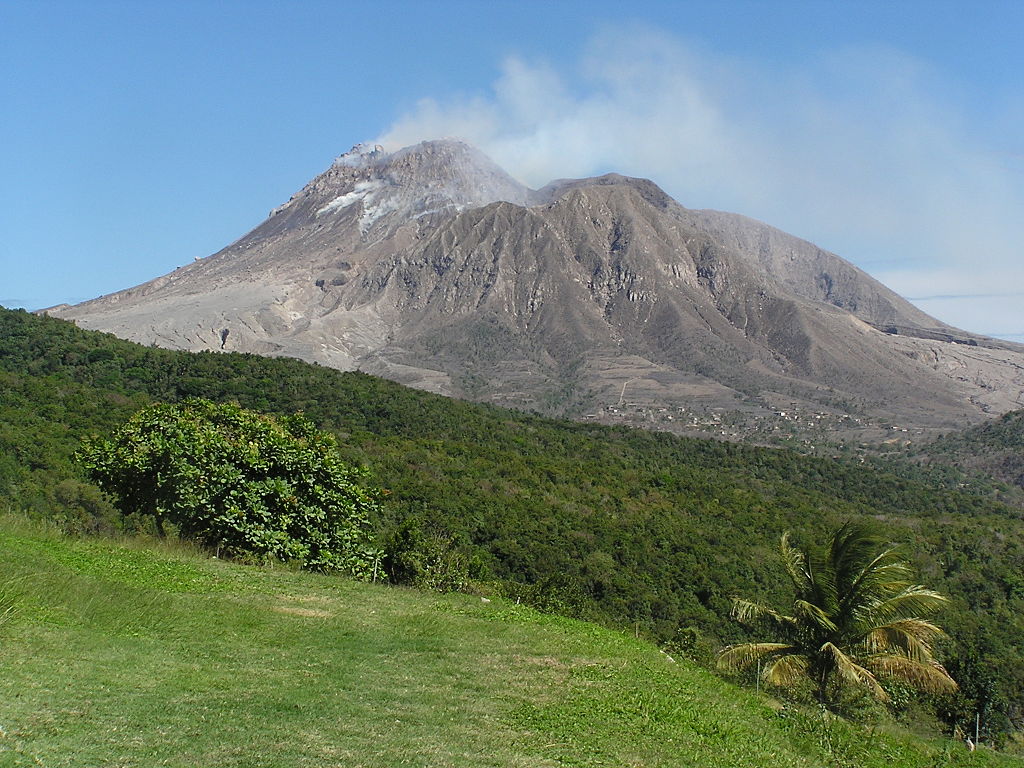
This 914-meter-high stratovolcano is located on the paradisiacal Caribbean island of Monserrat, once an important tourist destination. In 1995, the volcano literally devastated Plymouth, the island’s capital, which was submerged by several meters of debris.
Most of the population managed to escape, however, about two-thirds were forced to abandon their land permanently.
Frequency of eruptions: monthly
Volcanic Explosivity Index (VEI): 3/8
Classification: Vulcan eruption, catastrophic
9. Vesuvius, Italy
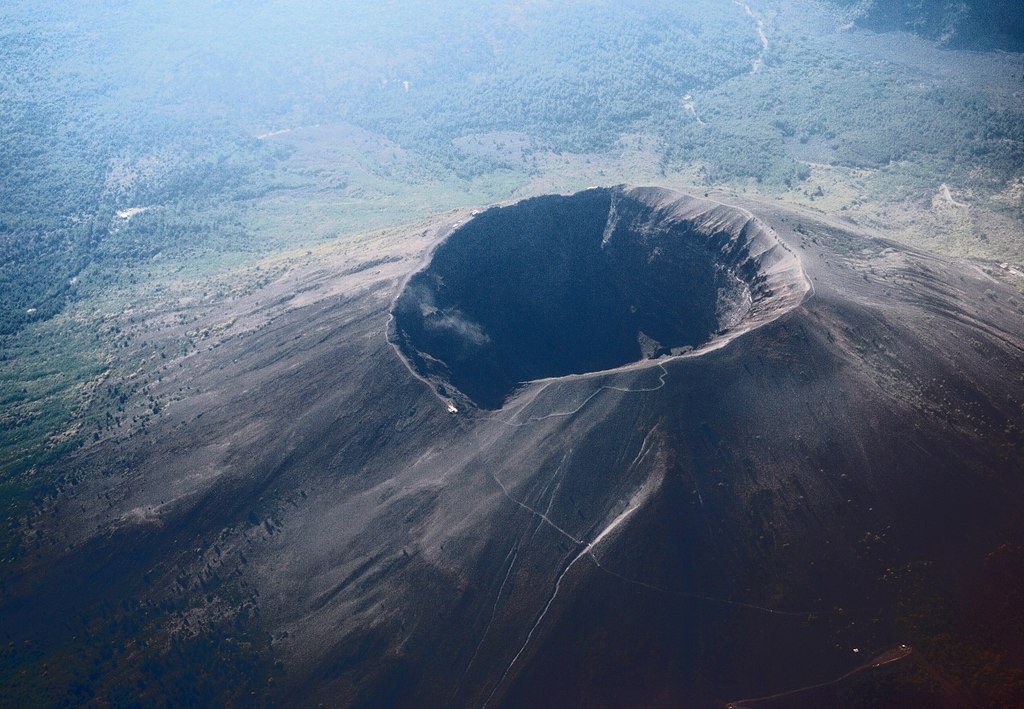
The historic volcano that destroyed the cities of Pompeii and Herculaneum in 79 AD ranks 9tu on our list.
The last recorded activity dates back to 1944, however, it remains among the most dangerous because it’s defined as a “red zone” due to a high risk of pyroclastic phenomena, which affects about 25 municipalities and 800 thousand people.
Frequency of eruptions: between 10 and 100 years
Volcanic Explosivity Index (VEI): 5/8
Classification: Plinian eruption, paroxysmal
8. Pinatubo, Philippines
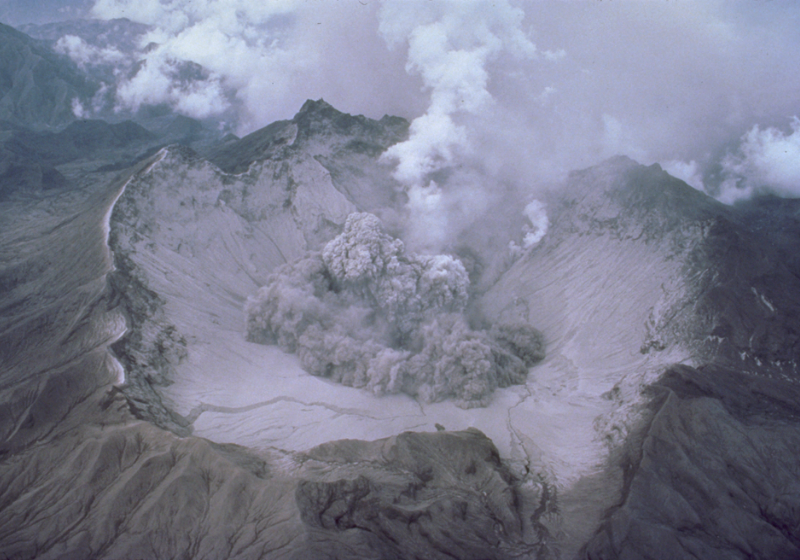
This volcano has recently been noticed by the media. Actually, very few were aware of its existence before the powerful eruption in 1991. In that event, 600 people lost their lives, but there could be many more victims if the area hadn’t been cleared in time.
Frequency of eruptions: between 100 and 1.000 years
Volcanic Explosivity Index (VEI): 6/8
Classification: krakatoian eruption, colossal
7. Unzen, Japan
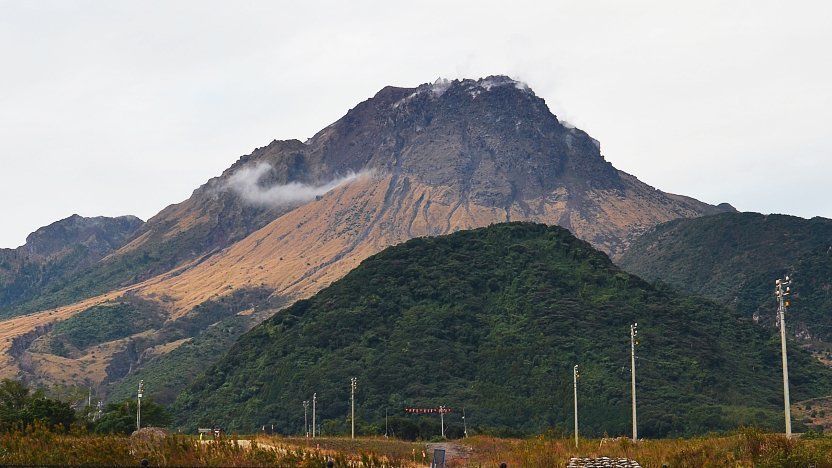
Unzen is located in Nagasaki prefecture and is known as Japan’s deadliest volcano. Today, its activity seems to be reducing; however, in 1792, a huge tsunami caused by one of its eruptions killed 15.000 people. It was a cataclysm of epochal proportions, so great that it earned the volcano an entry into our top 10 list.
Frequency of eruptions: weekly
Volcanic Explosivity Index (VEI): 2/8
Classification: Strombolian eruption, explosive
6. Etna, Italy
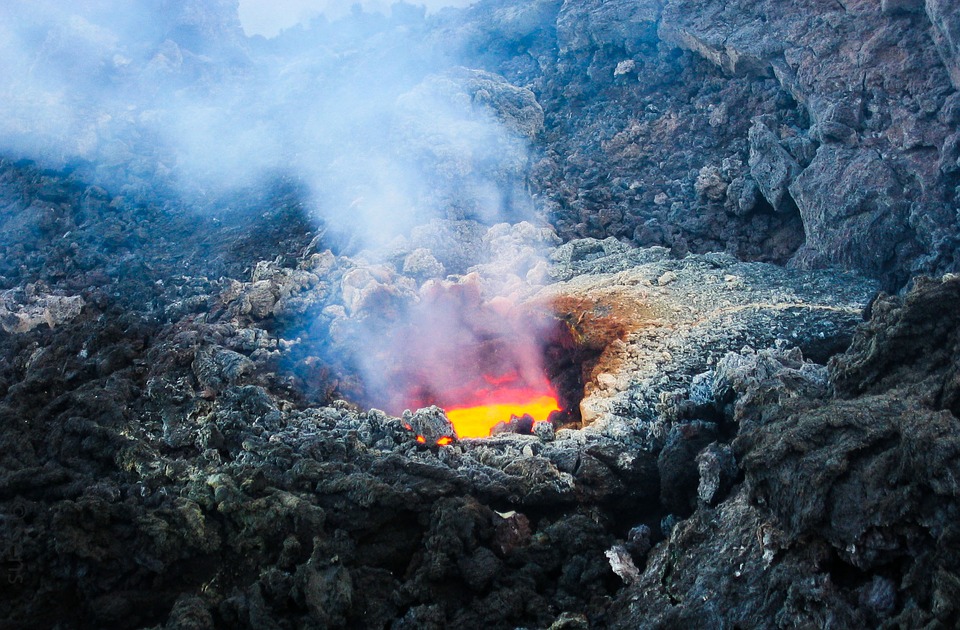
The Etna volcano is definitely among the most famous in Italy. It boasts two primates: the largest active volcano in Europe and the volcano with the longest eruption of the twentieth century: We refer to the eruption that began in 1991 and lasted 473 days.
Among the most devastating is that of 1669, which buried the city of Catania under the debris.
Frequency of eruptions: daily
Volcanic Explosivity Index (VEI): 2/8
Classification: Strombolian eruption, explosive
5. Nevado del Ruiz, Colombia
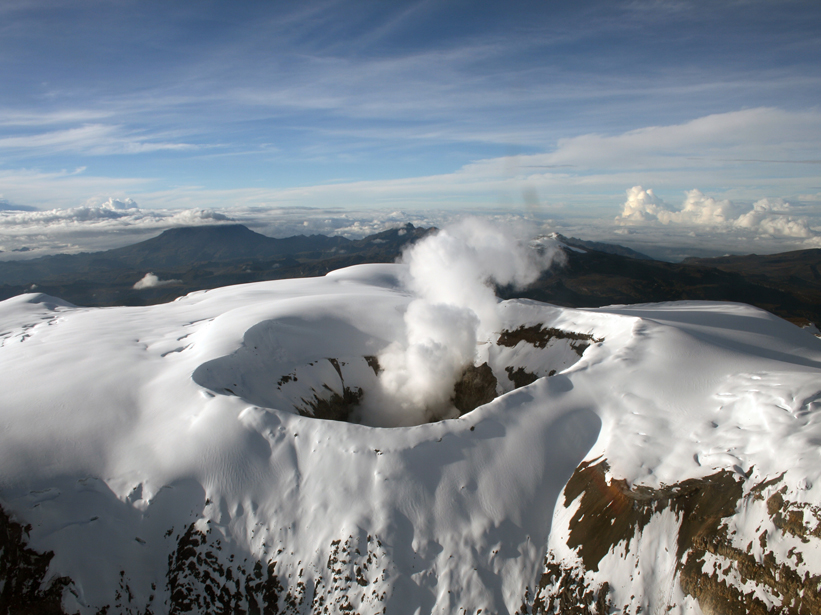
The closer we get to the top positions, the more the destructive capacity of the volcanoes is.
Nevado del Ruiz submerged the city of Armero within 24 hours when it erupted in 1985 eruption, after more than a century of inactivity. Then, Pope John Paul II held a commemorative mass for the 26.000 souls who died.
Frequency of eruptions: monthly
Volcanic Explosivity Index (VEI): 3/8
Classification: Vulcan eruption, catastrophic
4. La Pelee, Martinique
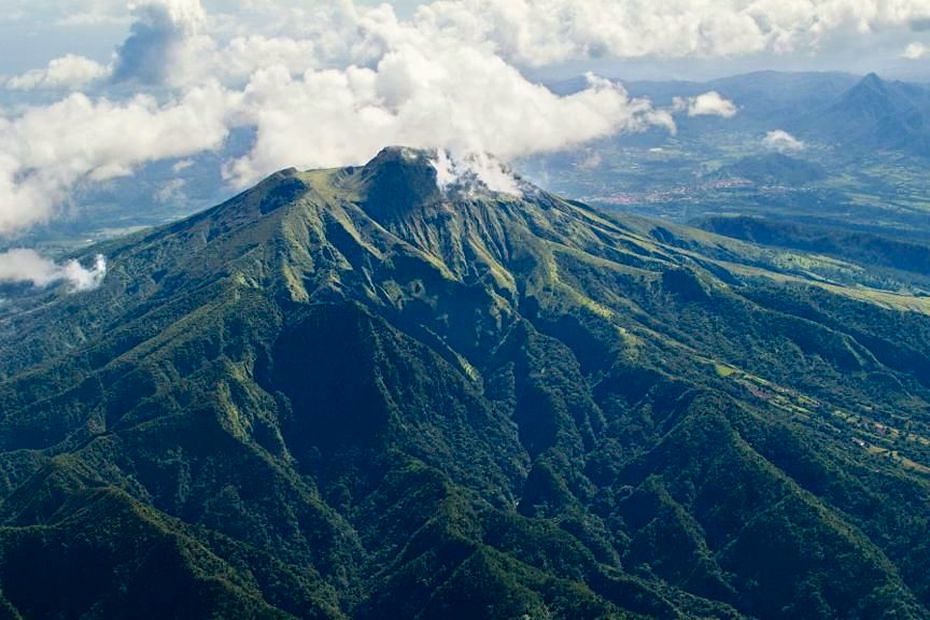
The Martinique volcano is famous for the 1902 eruption, during which 30.000 people died. The last period of activity dates back to 1929.
In that year, the well-known volcanologist, Frank A. Perret, was the protagonist of a dangerous event. Namely, he remained closed in a hut during the progress of a burning cloud. Fortunately, he managed to escape by tightening every crack. His experience was fundamental for his subsequent research.
Frequency of eruptions: between 1 and 10 years
Volcanic Explosivity Index (VEI): 4/8
Classification: sub-Plinian eruption, cataclysm
3. Krakatoa, Indonesia
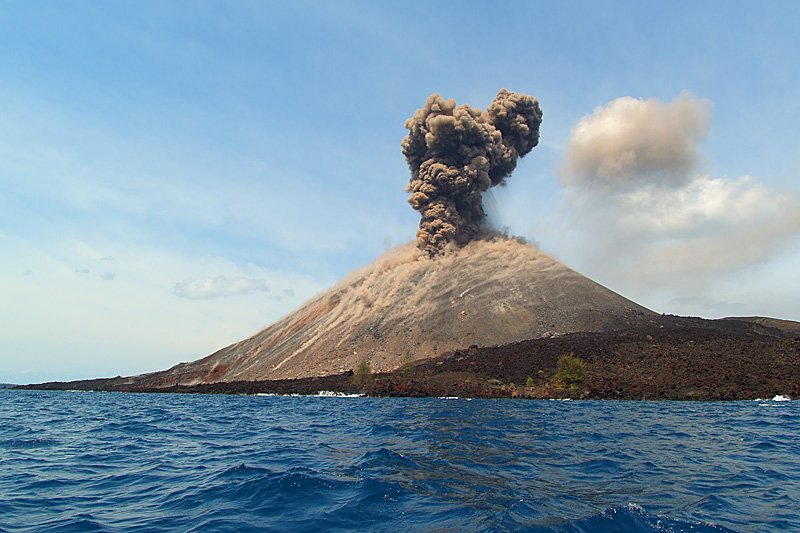
On the lowest step of the podium, we find Krakatoa. This volcano holds a truly unique record to date – it produced the loudest noise ever heard by mankind during its eruption in 1883, which destroyed 165 villages and killed 36.000 people. Its deafening roar was felt over 5.000 km away.
Frequency of eruptions: between 100 and 1.000 years
Volcanic Explosivity Index (VEI): 6/8
Classification: krakatoian eruption, colossal
2. Tambora, Indonesia
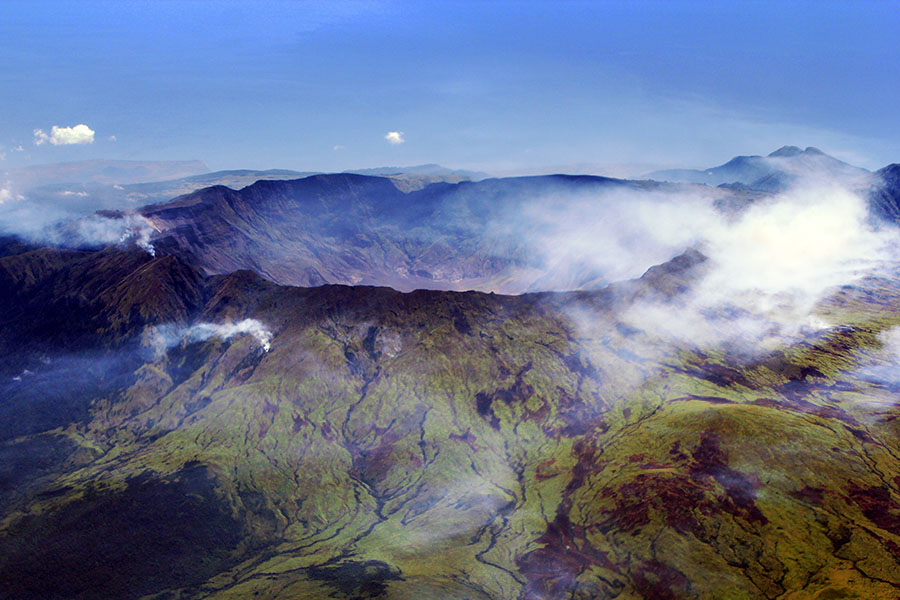
In second place we find the Tambora volcano, which is known for its very high explosiveness index. In 1815, the eruption of the volcano killed around 60.000 people, mainly due to the famine that followed the explosion. In fact, that year was called “the year without summer” by historians since the serious climatic anomalies caused by the excessive presence of dust in the atmosphere definitively compromised the crops.
Frequency of eruptions: between 1.000 and 10.000 years
Volcanic Explosivity Index (VEI): 7/8
Classification: ultra-plinian eruption, super-colossal
1. Yellowstone, United States
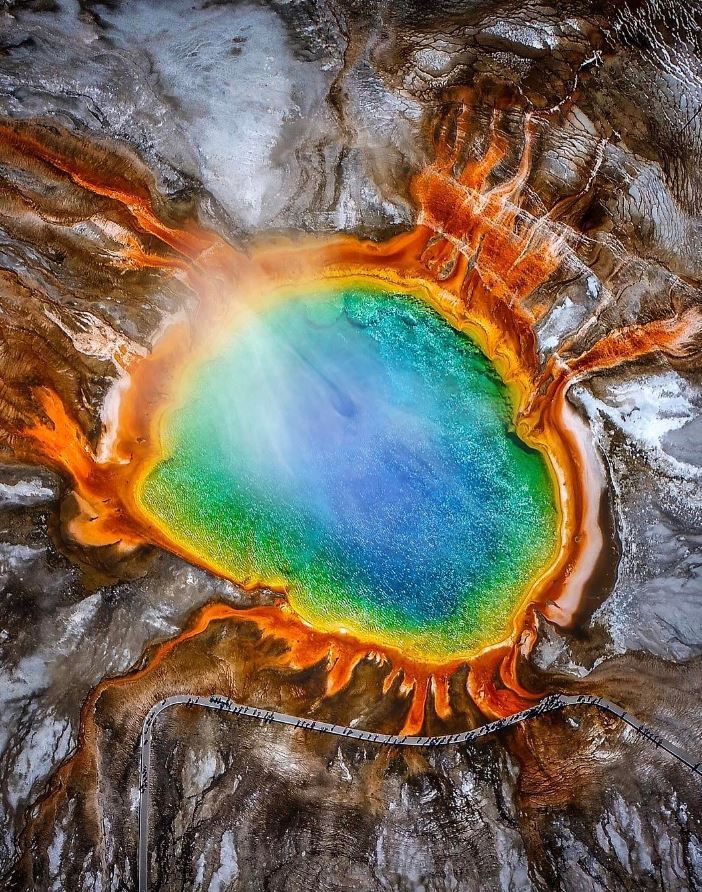
And the winner is … the Yellowstone Caldera. It is a real supervolcano that could wipe humanity off the face of the earth with a single eruption.
In April 2014, a herd of bison escaped from the well-known National Yellowstone Park, which is located right above the caldera, after an earthquake. This provoked further alarmism about a hypothetical future cataclysm.
Frequency of eruptions: over 10.000 years
Volcanic Explosivity Index (VEI): 8/8
Classification: mega-colossal eruption, with over 1.000 cubic meters of emitted material, a continuous emission of over 12 hours, and an eruptive column height of over 20 km.
Interesting Fact: Marsili, the largest active volcano in Europe, wakes up!
Yes, gentlemen, recent studies have shown that the Marsili Volcano, located in the Tyrrhenian Sea seabed, has resumed its eruptive activity. This is certainly an upsetting discovery since it rightfully crowns the Marsili as the largest active volcano in Europe, thanks to its enormous size (70 km long, 30 km wide).
Check out these amazing hotel deals!
- Save up to 30% on your hotel in Hawaii!
- Last-minute holiday hotel deals
- Top hotel deals for a new year trip
- Visiting Paris? Find the Best Deals & Reviews at TripAdvisor.
- Save 30% on hotels in Ocean City, Maryland...a TripAdvisor Top 10 Summer Destination!
- Save up to 30% on your hotel on your Winter Vacation!
- Find top-rated hotels at the lowest prices on TripAdvisor. Check rates now!
- Save up to 30% on hotels for a romantic getaway!!
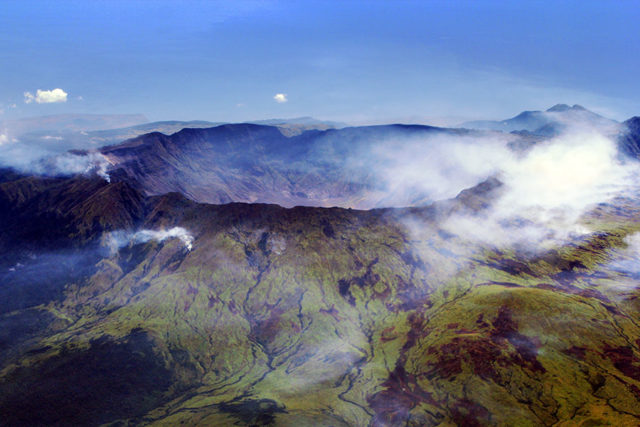
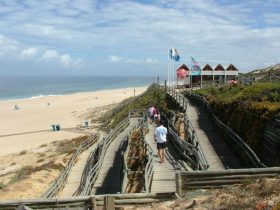

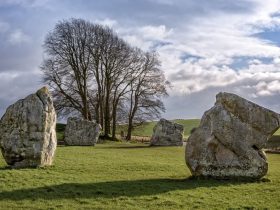

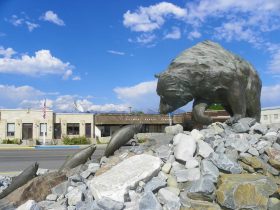
Find Us on Socials